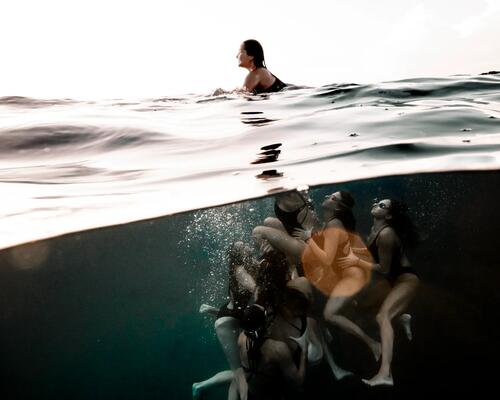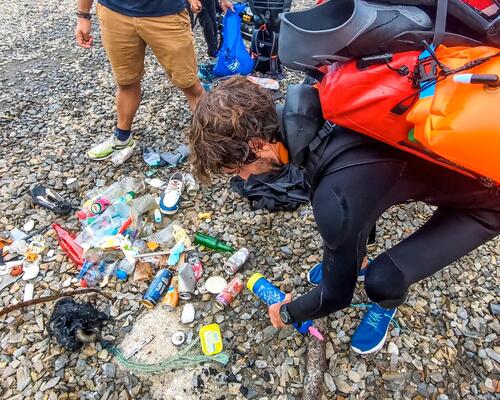Neoprene, a controversial material
Neoprene is a synthetic rubber widely used in the manufacturing of wetsuits for surfing and diving.
Its exact name is ‘polychloroprene’.
It has undeniable benefits: high resistance to mechanical, chemical and thermal stress. These advantages quickly enabled it to conquer the water sports market as early as the 1950s. Since then, this material has had time to prove its worth... but the environmental implications have also become clear: this synthetic rubber, produced from petroleum or limestone, requires very energy-intensive manufacturing processes.







